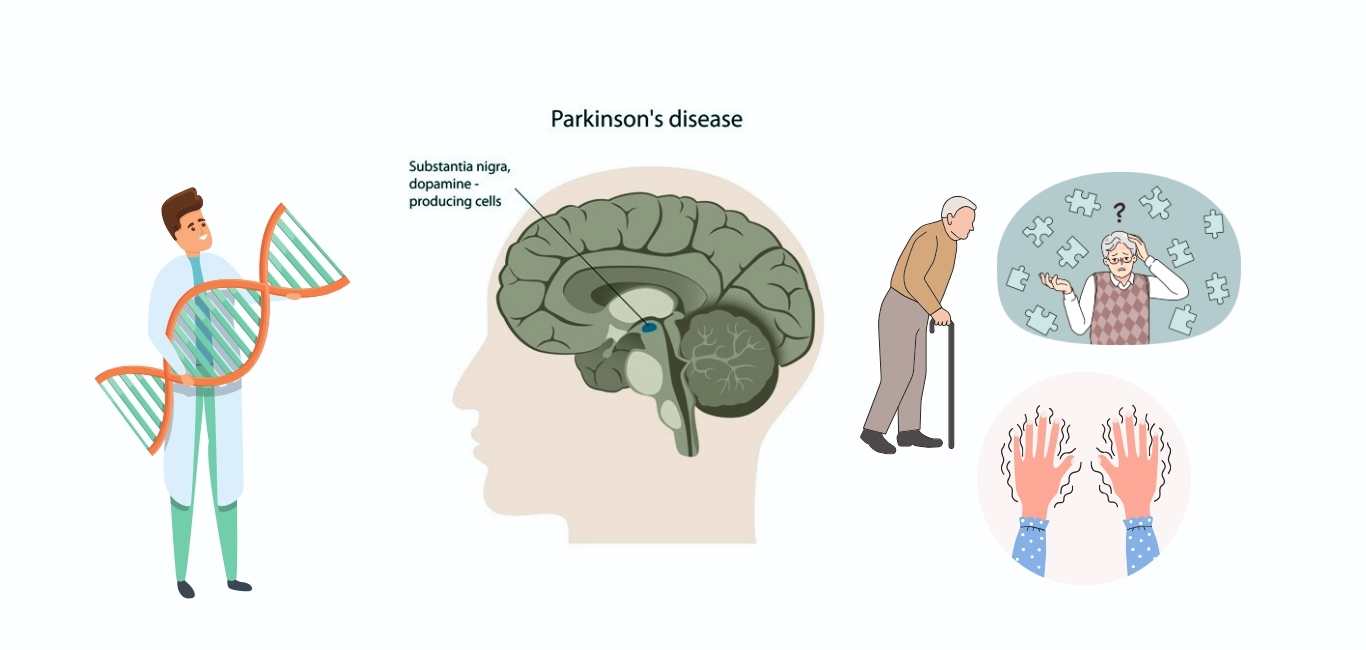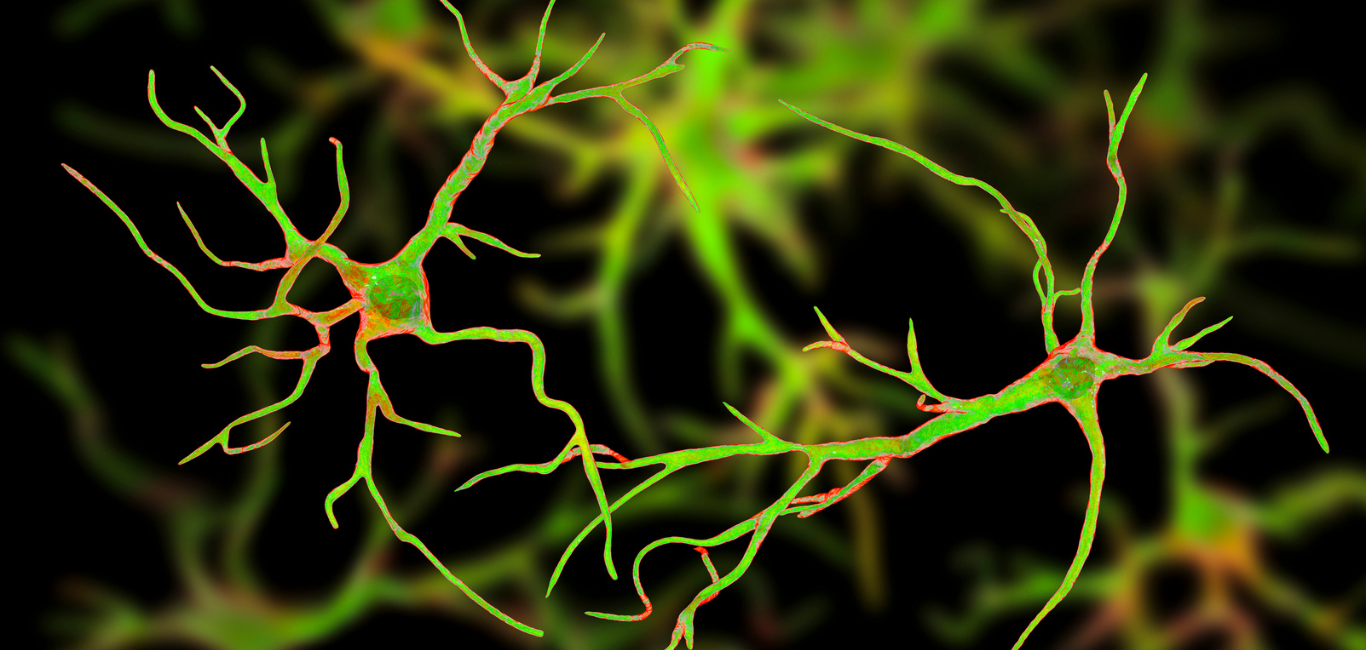
Renowned Danish author Martin Lindstrom once said, “Almost our entire understanding of the world is experienced through our senses.” He conveys that sensory experiences are the foundation of our memories, emotions, and perceptions. We constantly process internal and external sensory signals, crucial to perceive the world around us. However, the perceptions can differ for people with spectrum disorders such as autism or Fragile X syndrome (FXS).
The extreme responses
Speaking to Happiest Health, Dr Naveen Jayaram, a psychiatrist at Mindful TMS Neurocare, Bengaluru, says, “Autistic individuals often exhibit extreme responses to these signals, such as being hyperactive or underactive.” For instance, a typical person may dance or sing along while listening to loud music. But an autistic individual may react by crying, screaming, running, or even becoming silent for some time. “People with autism might be both hypersensitive and hyposensitive,” adds Jayaram.
Hitherto, it was understood that people with autism had an overactive cortex, says Dr Roberto Araya, a professor in the Department of Neurosciences at Université de Montréal Research, Canada.
In a recent study published in the Proceedings of the National Academy of Sciences, Dr Araya and his team challenged this understanding. Their experiments on mice show that the neurons in the cortex were less active rather than hyperactive, resulting in inadequate integration of sensory responses. It is this skewed processing that leads to perceiving the sensory signals differently.
A deeper understanding
FXS is a condition considered to be the genetic cause of autism. It results from a mutation in the gene found on the X chromosome. Typically, the gene contains around 4 to 25 repetitions of a genetic sequence, CCG. However, those with FXS have more than a hundred repeats of this sequence, leading to a deficiency in producing a protein called FMRP. Low FMRP proteins interfere with specific signalling channels in the brain (potassium channels), causing intellectual disabilities in individuals with the mutated X chromosome.
In another study, Joel D Richter and his team found FMRP molecules in neurons binding to RNA that help make proteins for brain development. FMRP also maintains communication between the brain cells and helps the immature cells grow.
Another study noted the presence of FMRP proteins in sensory neurons and found a connection between their deficiency and extreme reactions to external stimuli in autism.
While the exact mechanism of how FMRP proteins affect the sensory neurons was previously unclear, the current study has shed light on this matter.
Contradictory findings
Dr Araya’s team used a laser technique to activate sensory neurons in the outer layer of the brains of mice with autistic symptoms and faulty X chromosome syndrome.
They also tested the mice’s response to external signals.
Previous beliefs suggested that individuals with FXS syndrome and autism always have hyperactive neurons due to a lack of FMRP protein.
However, the researchers found unexpected results as the FXS-affected mice did not respond as expected. These results contradicted prior research indicating sensory hypersensitivity in autism and FXS syndrome.
Further investigation revealed that the absence of FMRP hindered the sensory neurons’ coordination of signals, causing a failure to integrate external sensory information in the cortex region of the FXS mouse brain. In other words, the sensory neurons were less active. Therefore, they failed to adequately combine all the sensory signals, resulting in different response patterns.
“It is a surprise that our results contradict previous views regarding a global hypersensitivity [excessive or exaggerated response to various stimuli in their environment] in the brain associated with FXS,” says Dr Araya. “They show that the integration of sensory signals in neurons is underrepresented [diminished] in FXS mouse,” he adds.
According to the authors, the diminished response to the multiple signals in the FXS mouse is attributed to the absence of FMRP, which impairs communication between neurons in the brain’s outer layer. This deficiency can also affect the neurons’ response to internal and external signals, leading to reduced functionality in the cerebral region.
Fast forward
The result of this study opens avenues to develop new therapeutic strategies for spectrum disorders.
Dr Jayram says, “FXS and autism are different medical conditions, but people with FXS might develop autistic symptoms.” Finding answers to what makes FXS and autism-affected people hypersensitive or hyposensitive can help solve their sensory issues, he says.
“This finding opens the door to new strategies to support those with FXS and possibly other autism spectrum disorders to correctly perceive sensory signals from the outside world at the level of pyramidal neurons in the cortex,” Dr Araya said in a statement.
Read more: Better late than never: navigating autism in adulthood
Read more: Seeing beyond the spectrum: dispelling autism myths

















